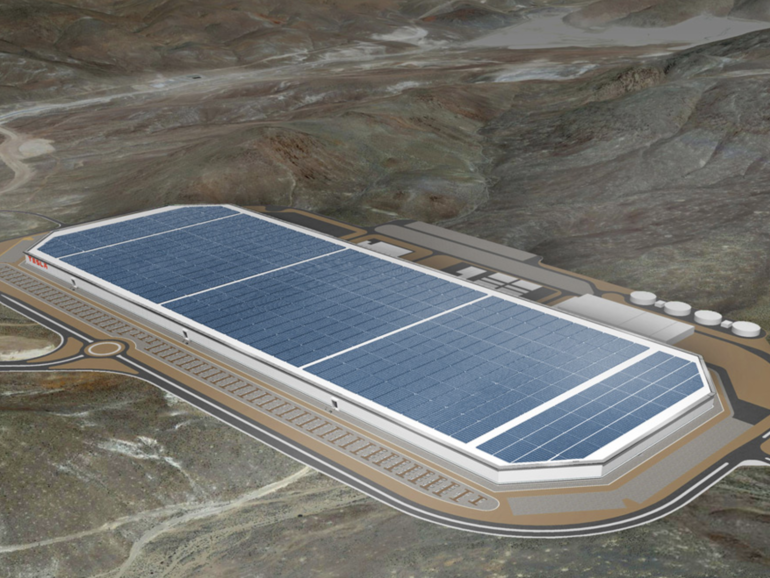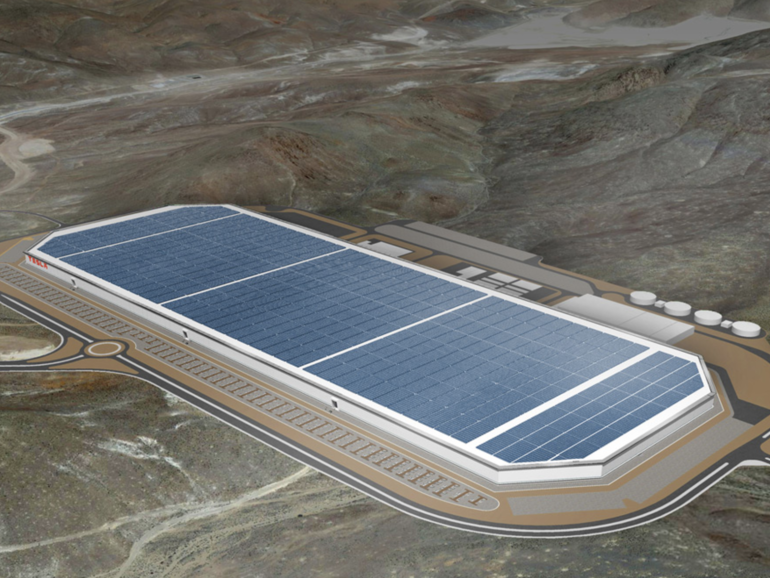
A new patent filed by Tesla suggests the company is investigating augmented reality (AR) as a means to boost efficiency and production in its factories.
The patent, filed with the World Intellectual Property Organization (WIPO) patent office, is described as an “augmented reality application for manufacturing.”
“A series of images of a physical environment are obtained,” the patent description reads. “At least a portion of an object detected in the series of obtained images is identified. A deviance from a reference property associated with the detected object is detected using the series of images. Information associated with the deviance is provided via an augmented reality device.”
Augmented reality systems overlay information, data, and images over objects in the physical world. AR can be used in the manufacturing sector to provide instruction manuals in real-time, data feeds on equipment status gained from sensors, and to relay information to users in relation to activities on the factory floor, among many other purposes.
See also: How to steal a Tesla Model S in seconds
Often connected to the emergence of Industry 4.0 — also known as smart manufacturing — AR and virtual reality (VR) are generally considered as a means to improve industrial speed and efficiency.
According to IDC, spending on AR and VR will reach $53 billion by 2022, with retail, discrete manufacturing, and the transportation industry included as top investors.
In Tesla’s case, these applications could be used in conjunction with AR headsets such as Google Glass, a product which failed to make an impression in the consumer space but eventually achieved success in business use cases.
The patent uses the example of joint fabrication, in which workers would traditionally overlay paper or plastic molds in order to mark measurements and part placements. With a tailored AR app, these measurements could create a virtual overlay, saving time, materials, and cost.
When it comes to automotive manufacturing, mechanical joints, connections to other points, spot welds, and where to apply adhesive are only some of the use cases in which AR overlays could prove valuable.
TechRepublic: 3 ways dark web data trade will change in 2019, and how to protect your business
Headsets which replace traditional safety glasses, cameras, or other external equipment could be used to implement Tesla’s AR applications, the patent adds.
However, it is not just human operators which could make use of AR in Tesla facilities.
“For example, in some embodiments, the AR device is used to program a robot to assemble one or more parts including identifying and marking the precise location and order of welds, self-pierced rivets, laser welds, adhesives, sealers, holes, fasteners, or other mechanical joints,” the patent explains.
CNET: Congressional committee slams Equifax in report on data breach
In recent news, a suit filed in June against a former Tesla Gigafactory employee seeks $167 million in damages in relation to the alleged theft of gigabytes of confidential data which may have ended up in the hands of outsiders.

